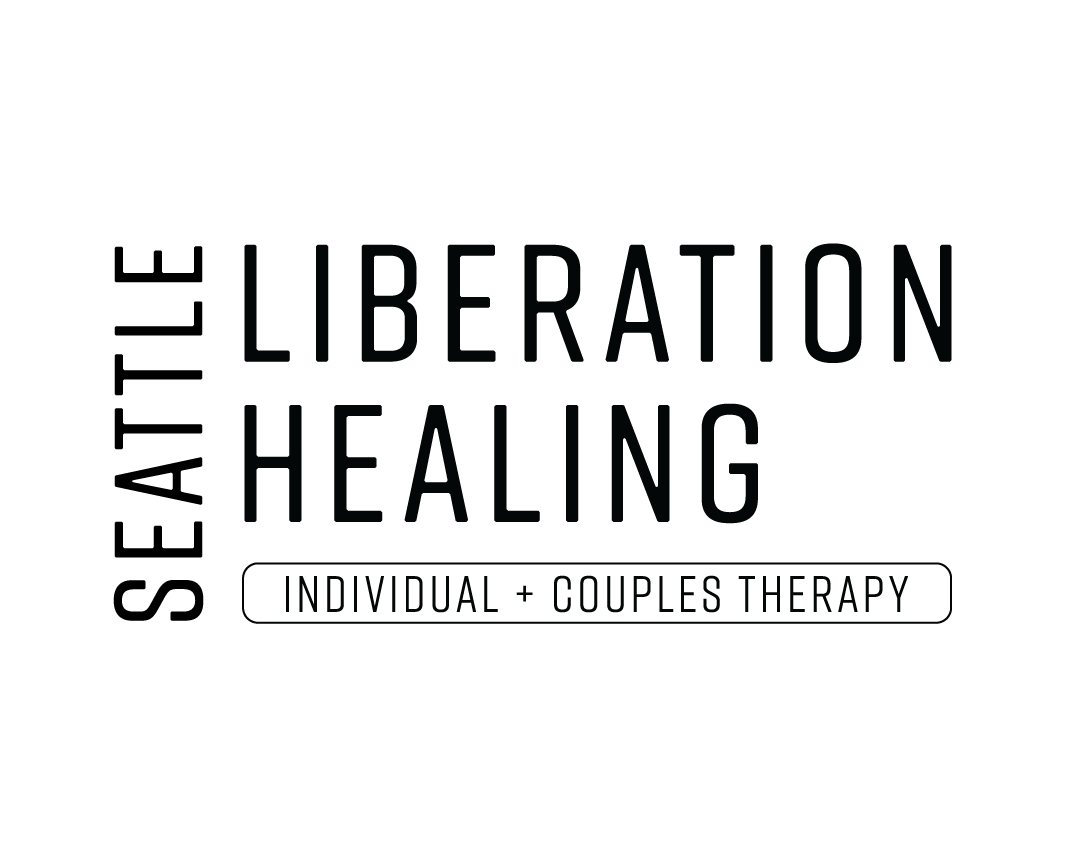3 Stages & Phases of Trauma Recovery & Therapy
Stages of Trauma Therapy
Recovery from trauma and PTSD is an individual process and will look different for everyone. Recovery is non linear.
Your ability to heal from trauma depends on many factors including your beliefs and perceptions, your level of coping and resiliency, and your connection to support.
Here are the 3 core stages of nearly all trauma-focused and trauma-specific therapies.
Safety, Trust, & Stabilization
We will get to know one another and I hope to earn your trust. I will provide you information on why your body and mind are reacting the way they do.
We will also learn skills and tools to help you feel safer, secure, and more in control in your life, mind, and body. These tools and skills will manage and decrease your symptoms of PTSD (e.g. grounding, mindfulness).
Trauma-Focused Processing & Impacts of Trauma
We will make more sense and come to terms with the traumatic events through learning how these events impact your sense of self, beliefs about the world, and relationships with other.
The bulk of this work is decreasing avoidance of your triggers, practicing embodiment, acknowledging emotions, feeling emotions, grieving, and mourning. Essentially, we will be processing the memories of trauma through both talking and your body/soma so you are not “stuck” anymore with shame and fear.
(Re)Integration & Post Traumatic Growth
In this last stage, we will help you move on from your traumatic experiences, looking to the future, and reconnecting with others.
We will identify your values, who and what matters most to you, your resilience, sources of joy and best hopes for the future.
For some people, we might also identify ways you can take action outside of the therapy room to create change in the world based on your healing journey so far. This can include: activism, community organizing, writing, dancing, and some sort of expression to channel your pain into whatever it is you wish.
When Will I Feel Better And Heal From Trauma & PTSD?
It depends.
Healing is non linear and re-visiting all stages is to be expected throughout your life. Trauma can be dormant. When our lives are going well, we may be able to manage our trauma more effectively. However, when life is especially painful, difficult, and challenging, our trauma may re-emerge. In other words, sometimes, our pains and wounds require more tenderness and care.
Whether single incident trauma or complex trauma, trauma recovery requires a relationship facilitating the growth of trust through consistency, authentic emotional engagement, and often multiple experiences of rupture and repair. We hurt in relationships, but this is also where we can heal and grow.
The most important thing I’ve learned throughout my years of practicing trauma therapy is this: trust, safety, collaboration are paramount in treatment.
What happened to us in the past shape us in the present. Working toward a healthy secure adult attachment style is possible through hard work, patience, radical self compassion, embodied healing, decreasing avoidance, re-framing ways of unhelpful living as survival methods, mourning the life you never had, and finding new paths toward liberation through post-traumatic growth.
